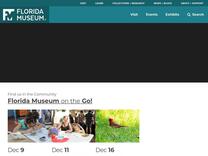Whitetip Reef Shark – Discover Fishes https://www.floridamuseum.ufl.edu/discover-fish/species-profiles/whitetip-reef-shark/
Triaenodon obesus The Whitetip Reef Shark is a smaller, greyish brown shark with a distinctive white tip on its dorsal and caudal fins. (Compagno, 2005) It prefers caves and coral reefs, often be found resting by the bottom of the ocean by day and hunting by night (Compagno, 2005). Unlike many sh
The shark has a naturally placid nature to where they can be hand-fed (Fitzpatrick

